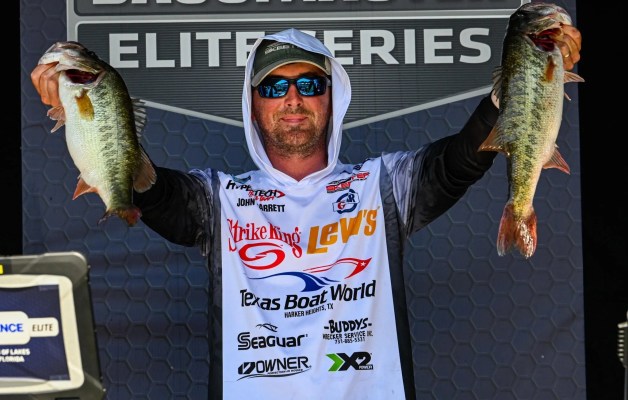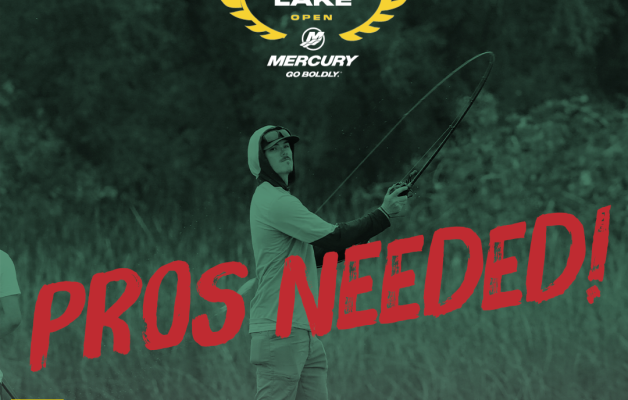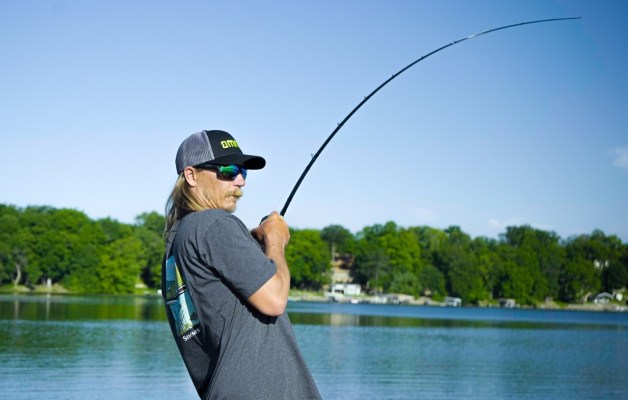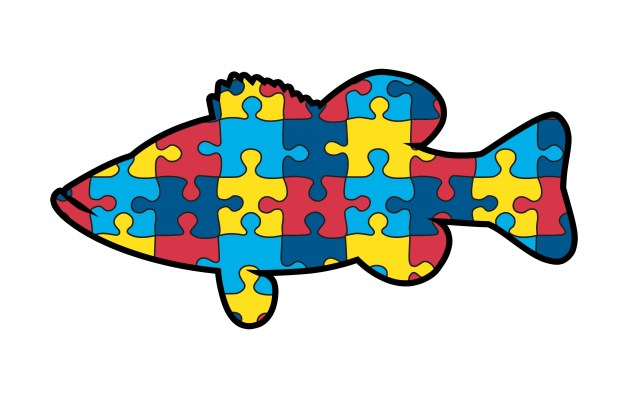Lake Murray was good to me this year. I needed a strong performance for both my AOY points and my head. I want to take some time and tell you why and how it all happened. It’s a good lesson on how to fish under tough conditions.
First, let’s talk about the circumstances we faced going into the Murray event. You need to understand them to understand the solution I worked out.
1. Murray has very clear water at this time of the year. In most places the visibility was between 4 and 6 feet. That means skittish fish — fish that can see everything when it comes to us trying to match the hatch or getting them to bite.
2. We arrived towards the end of the blueback herring spawn. The fish had been gorging for two weeks before the tournament started. On top of that, the fish had been beaten to death by local anglers. It’s a great time to fish. They’re easy to catch. Everybody and his brother had been working them over.
3. The bass were keyed on a very specific forage — size, color and type. That makes it difficult to match the hatch. We all try to do that, but with every bass in the lake eating the exact same thing for weeks, it’s not as easy as it sounds. There’s more to it than picking a lure that looks right to you and me.
The first issue in practice was to find the bass. They were up on the points, but not every point. The only ones that were productive had spawning bluebacks on them. The water was clear. That meant I had to stay back and make long casts.
The best bait was a soft jerkbait. I used a Berkley Havoc prototype. My most effective color was pearl white with smoke and silver metal flake. It was a great lure but it had one big drawback — it’s lightweight and hard to cast the long distances we needed to deal with the clear water.
I finally settled on a combination of techniques I call power-finessing. I fished a typical power bait with finesse tackle. My rod was a medium action 7-foot Abu Garcia Veritas model. I used a big, Revo Premier spinning reel (PRM 30, 5.8:1 gear ratio).
My line was critical. Because I was throwing so little weight, I had to have a type of line that helped me. In the old days I would have used FireLine, but not anymore. This time I spooled up with Spiderwire Ultracast Fluoro-Braid (10/4-pound-test).
Not only did it help me with casting distance, but, because it sinks, it helped me get my bait down where it needed to be. That was huge.
Next week we’ll talk about how I put everything together so that the bass thought they saw real blueback herring, and I really did see a nice finish.





